Registration in Osiris
After the Pitch event, you can register your challenge preferences using this OSIRIS course code: ISBEP
The deadlines for upcoming academic year(s) are shown in the tables below.
| 2024-2025 | Use this Osiris code | Deadline |
|---|---|---|
| Q1+Q2 2024-2025 | ISBEP - 2024 - 1 | May 31, 2024 |
| Q3+Q4 2024-2025 | ISBEP - 2024 - 3 | December 13, 2024 |
| 2025-2026 | Use this Osiris code | Deadline |
| Q1+Q2 2025-2026 | ISBEP - 2025 - 1 | June 4, 2025 |
| Q3+Q4 2025-2026 | ISBEP - 2025 - 3 | tbd |
NOTE:
- You will be placed on a waiting list. Behind the names of many of the challenges, you will see that they are “Vol/Full.” This does not mean you cannot choose that challenge anymore; it is just how the system registers the preferences (so do not worry about that).
- This Osiris code is only for the registration of your ISBEP challenges preferences.
For the PlannApp , you use 0ISBEP05 (the administration will register you for this code) - Don't forget also to register for the departmental BEP code!
Challenges 2024 - 2025 Semester 2
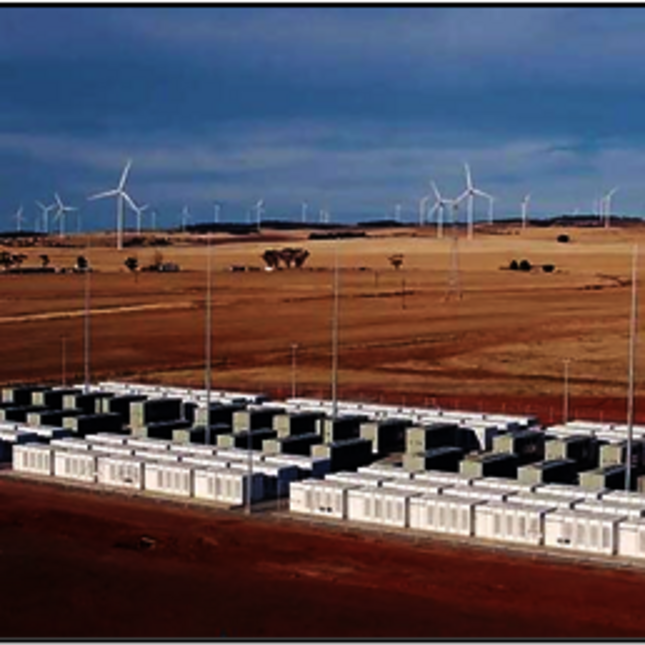
1. Green Electricity in the City, a Battery Energy Storage System
Challenge owner: TMC Entrepreneurial Lab BV
Description: You can find the long description here.
Summary: The sun provides abundant energy during the day, but as the evening sets in, the demand for electricity often spikes. To bridge this gap, the challenge is to develop a large-scale battery storage system that captures excess solar energy during daylight hours, ensuring a steady supply of green electricity throughout the night. This project aims to create a more reliable, sustainable energy infrastructure for the entire city, reducing dependence on fossil fuels and optimizing renewable energy use around the clock.
Can be chosen by students from: AT, AUBS, CS&E, DS, EE, ID*, PT, CE&C, SI, IE, AM & ME
*ID as internship (not as Final bachelor Project)
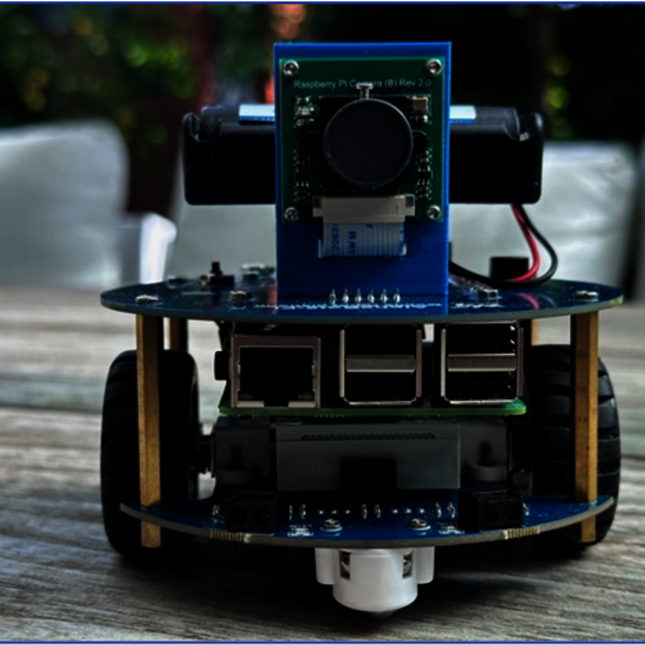
2. Physics of Robot Swarms
Challenge owner: TU/e
Description: You can find the long description here.
Summary: How can we use robotic swarms to model and inspire a better understanding of human crowd dynamics? In this challenge, you will program small, sensor-packed robots to perform simple actions and observe how complexity and large-scale motions emerge, uncovering insights into human crowd behavior and contributing to the development of autonomous vehicles and smart cities.
Can be chosen by students from: AT, AUBS, CS&E, DS, EE, ID*, PT, AP & ME
*ID as internship (not as Final bachelor Project)

3. Designing secure & composable platforms for SoC
Challenge owner: Electronic Systems (ES) and research group, and Eindhoven Hendrik Casimir Institute (EHCI)
Description: You can find the long description here.
Summary: We are all well aware that we shouldn’t text while driving, as the unimportant task of typing a message could catastrophically interrupt the critical task of controlling a vehicle. Just like humans, electronic systems can have limited capacity to perform simultaneous tasks that can lead to undesirable and dangerous outcomes. In this project we will build a demonstrator robot that performs a number of concurrent tasks of mixed time criticality (such as balancing while responding to voice commands) on constrained hardware to evaluate composable and predictable platform design.
Can be chosen by students from: AT, CS&E, EE & ME

4. Developing a small-scale plasma reactor for decentralized chemistry
Challenge owner: EIRES & DIFFER
Description: You can find the long description here.
Summary: Renewable electricity is on the rise, but its intermittent nature can challenge the grid when supply and demand don’t align. This creates a need for power-to-X technologies, which convert surplus electricity into chemicals that can be used as fuels for storage or as products such as fertilizers. Plasma reactors are ideal for this, enabling chemistry of otherwise inert gases, such as CH4, CO2 and N2. They can be fully powered by renewable electricity and operate at a small scale. Therefore, the goal is to develop a container-sized plasma reactor that can serve as decentralized power-to-X method, turning excess renewable energy into chemicals and/or fuels.
Can be chosen by students from: AUBS, CS&E, DS, EE, CE&C, SI, IE, AP, AM & ME
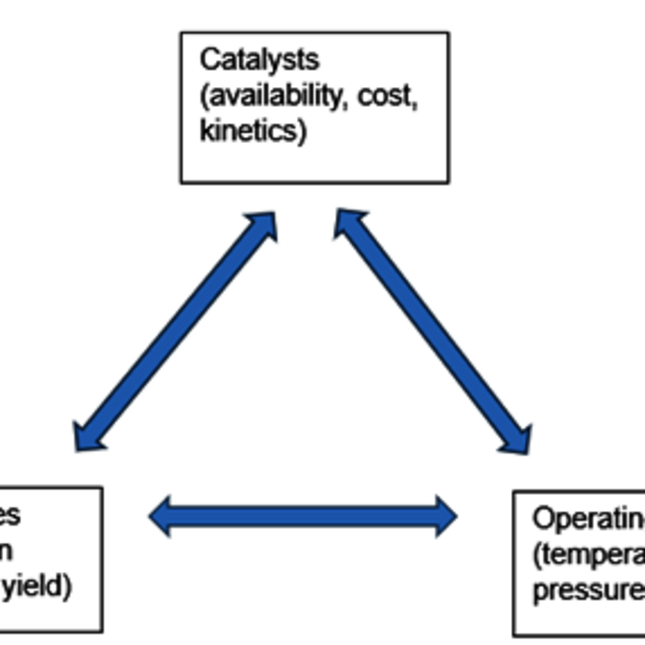
5. Hydrogen – Emergence of a future energy carrier
Challenge owner: EIRES
Description: You can find the long description here.
Summary: Hydrogen is a front-runner as new energy carrier replacing traditional energy sources to fight climate change. One promising method for producing hydrogen is through ammonia decomposition, which offers advantages in transportation and storage. However, advancements in catalyst and membrane technologies for ammonia production and decomposition are crucial to enhance efficiency and lower costs, paving the way for a sustainable hydrogen economy.
Can be chosen by students from: CS&E, DS, ID*, CE&C, SI, IE & AP
*ID as internship (not as Final bachelor Project)

6. Sustainable Festivals: Reducing Carbon Footprints at Every Stage
Challenge owner: EIRES / ILI (/EAISI)
Description: You can find the long description here.
Summary: Festivals primarily rely on of fossil fuel-derived energy for electricity, transportation and logistics, contributing significantly to greenhouse gas emissions. While recent festivals have begun transitioning to renewable energy sources and low-emission transportation options, innovative solutions are still to make festivals more sustainable in all phases (before, during, and after). You can contribute to the sustainable festivals of the future by developing creative, eco-friendly solutions.
Can be chosen by students from: AT, AUBS, CS&E, EE, ID*, PT, CE&C, SI, IE & ME
*ID as internship (not as Final bachelor Project)
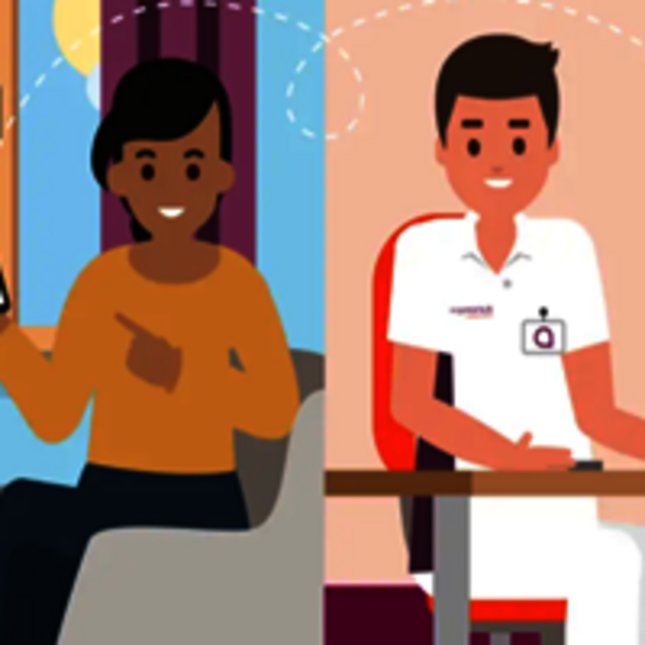
7. Selftesting @home
Challenge owner: St. Antonius Hospital & Zorg bij jou, supported by TU/e Student Team SensUs.
Description: You can find the long description here.
Summary: The Dutch healthcare system faces big challenges due to a growing aging population, a shrinking work force and growing expenses. Antonius Thuis (in cooperation with a nationwide initiative called Zorg bij jou) brings healthcare to the home of the patient, which not only makes healthcare more efficient and less expensive, but also makes it more patient friendly and empowers the patient. Remote monitoring of vital signs and home drug delivery are important enablers for this movement. In vitro diagnostics (e.g., to detect an infection in the blood of the patient) are in most cases not available in the home situation but, often, still done at specialized laboratories.
We believe that the availability of home in-vitro diagnostics is an essential part of the hospital at home transition. Unlike commercially available home-testing kits, we need laboratory standard (ISO 15189) diagnostic testing and flawless connectivity to our hospital and laboratory information systems. Our challenge is to develop tailored at-home in-vitro test(s) to follow up common infections (e.g., endocarditis and erysipelas) that are reliable, easy-to-use by the patient themselves, and can be incorporated in the hospital at home program.
Can be chosen by students from: BME, CS&E, EE, ID*, MST, PT, CE&C
*ID as internship (not as Final bachelor Project)
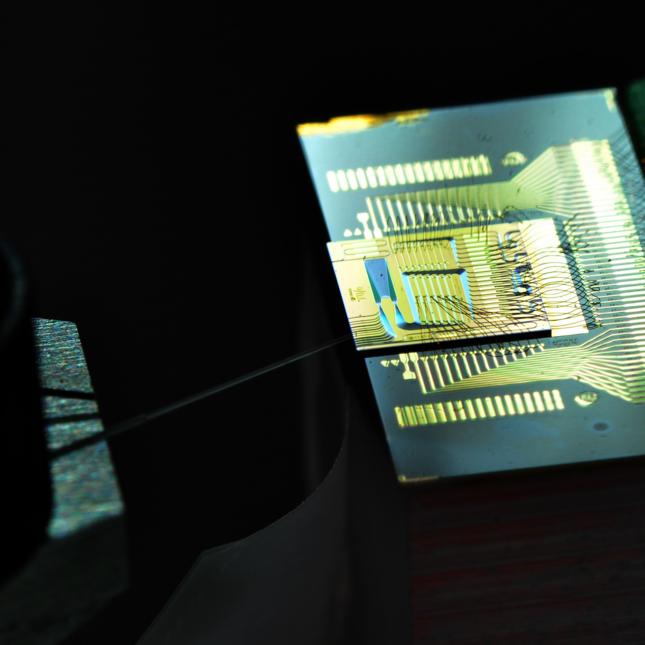
8. From Photonics to Agriculture!
Challenge owner: Photonic Integration research group, and Eindhoven Hendrik Casimir Institute (EHCI)
Description: You can find the long description here.
Summary: You can see in your daily life that we are not sustainable enough. However, you notice that each day we demand more and more from our world. What would you say if I stated that new technology exists to get things faster and greener at the same time?
Photonic Integrated Circuits is a technology that harnesses the power of light to create energy-efficient, faster, and more accurate microchips. It enables new functionalities to achieve a more sustainable world.
Do you want to be part of this revolution applying this to the agriculture field?
Can be chosen by students from: AT, CS&E, EE, ID*, PT, AP & ME
*ID as internship (not as Final bachelor Project)
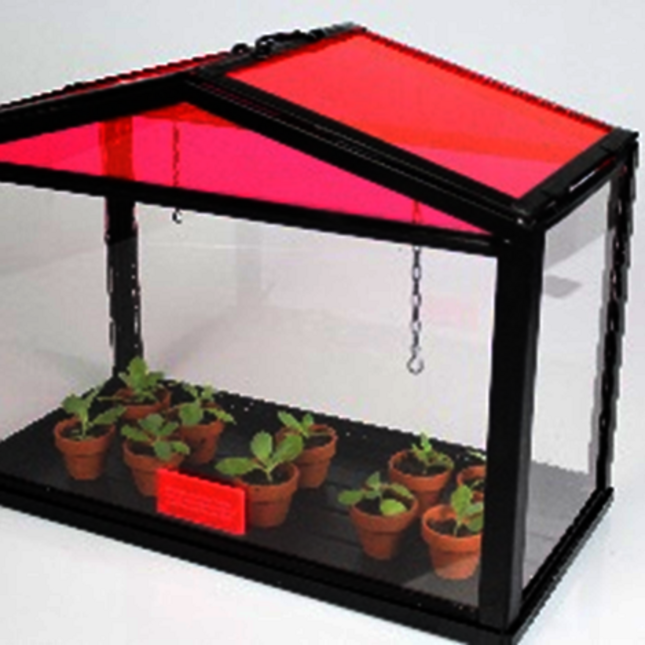
9. Portable responsive horticultural device
Challenge owner: TU Eindhoven/HAS Den Bosch
Description: You can find the long description here.
Summary: Our world has seen quite a few cases lately in which food became scarcely available to people in emergency areas. For those people, having a collapsible plant growth device that can be transported to them could be life-saving. Our challenge is to come up with a first idea and prototype of such a growth device for optimizing growth conditions of horticultural crops (a portable high-tech greenhouse).
Can be chosen by students from: AUBS, CS&E, EE, ID*, PT, CE&C
*ID as internship (not as Final bachelor Project)

10. Waste to Infrastructure & Other Applications
Challenge owner: Engineering Without Borders
Description: You can find the long description here.
Summary: The Waste to Infrastructure project by Engineers Without Borders Netherlands (EWB-NL) aims to tackle plastic waste in West Africa by recycling it into construction bricks. Partnering with local businesses like Trash Smart in Ghana, the project focuses on creating infrastructure, such as school washrooms, using these bricks. EWB-NL is also exploring sustainable energy solutions and local expertise to make the project cost-effective and environmentally friendly.
Can be chosen by students from: AUBS, ID*, PT, CE&C, SI, IE & ME
*ID as internship (not as Final bachelor Project)
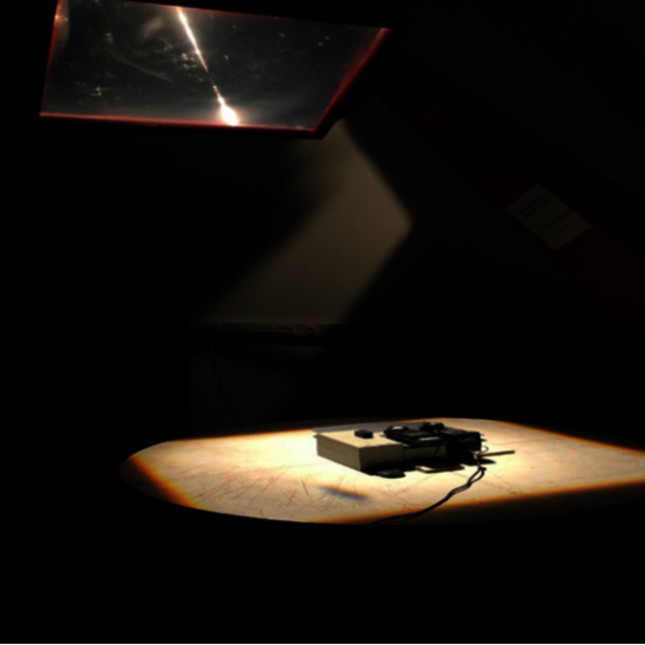
11. Advancing the sun simulator setup
Challenge owner: Eindhoven University of Technology in collaboration with the Intelligent Lighting Institute (ILI)
Description: You can find the long description here.
Summary: Light is a crucial element in the day lives of all people, whether it be for biological reasons, working conditions, safety, or aesthetic pleasure. However, we spend 90% of our time indoors. Therefore it is important to design indoor spaces that allow sunlight to enter. On the TU/e campus, a solar simulator setup is used for allowing people to experience visually and physically the presence of sunlight in indoor spaces. The simulator is however massively outdated, and new ways of demonstrating physically the presence of light in buildings is needed. The system can make use of both new and existing components.
Can be chosen by students from: AT, AUBS, EE, ID*, IE, AM & ME
*ID as internship (not as Final bachelor Project)
Challenges 2024 - 2025 Semester 1
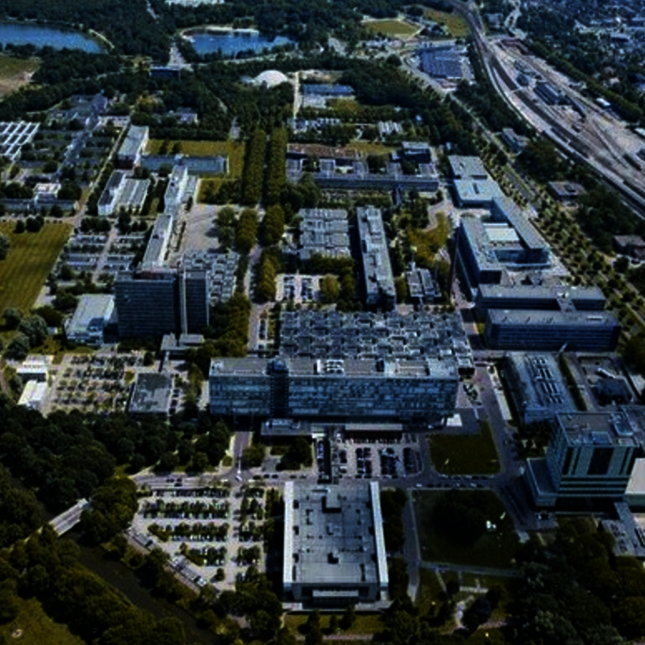
1. Towards a climate neutral campus: Circular & energy neutral refurbishing and reuse of old monumental campus buildings
Challenge owner: TU/e Real Estate
Description: You can find the long description here.
Summary: Our university houses all areas of expertise needed to enable a transformation of our campus into an at least climate neutral campus. Refurbishing existing buildings on our campus is then key. This project challenges students to come up with novel ideas to refurbish two old or monumental buildings to become climate neutral in the broad sense.
Can be chosen by students from: ID*, AUBS, CS&E, EE, PT, SI & ME
*ID as internship (not as Final bachelor Project)

2. Waste to Infrastructure & Other Applications
Challenge owner: Engineering Without Borders
Description: You can find the long description here.
Summary: The Waste to Infrastructure project is an Engineers Without Borders NL initiative to work with partners in West Africa to turn the huge plastic waste problem into an entrepreneurial opportunity. Together with local businesses in West Africa, EWB-NL is looking to build a consortium of stakeholders in plastic waste to share knowledge and coordinate activities.
Can be chosen by students from: AUBS, IE, ME & SI.

3. From Photonics to Agriculture
Challenge owner: Photonic Integration research group, and Eindhoven Hendrik Casimir Institute (EHCI)
Description: You can find the long description here.
Summary: You can see in your daily life that we are not sustainable enough. However, you notice that each day we demand more and more from our world. What would you say if I stated that new technology exists to get things faster and greener at the same time? Photonic Integrated Circuits is a technology that harnesses the power of light to create energy-efficient, faster, and more accurate microchips. It enables new functionalities to achieve a more sustainable world.
Can be chosen by students from: AP, EE & ME.
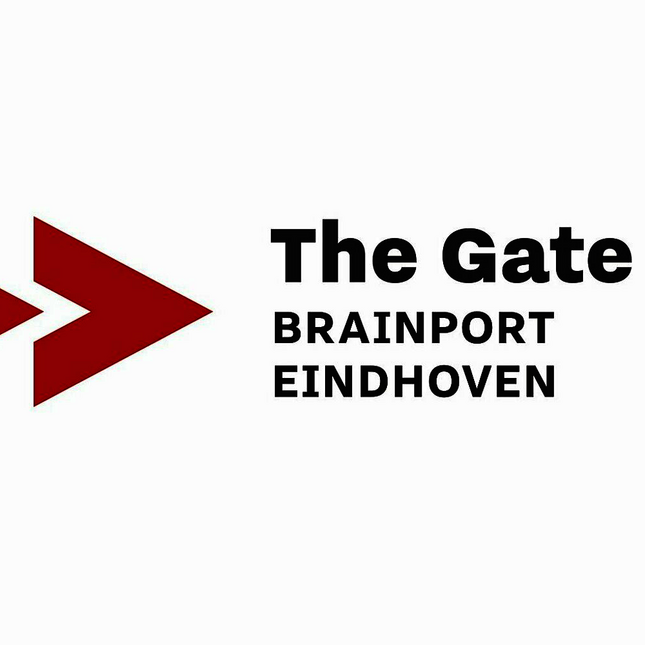
4. The Gate Venue 2030
Challenge owner: The Gate
Description: You can find the long description here.
Summary: The Gate is the TU/e venue for tech startups in the Brainport region. The building is old-fashioned and needs an overhaul to make it more sustainable and a showcase of the sustainable solutions that are already possible.
Can be chosen by students from: ID*, AUBS, CS&E, DS, EE & PT.
*ID as internship (not as Final bachelor Project)

5. Energy transition
Challenge owner: Neways
Description: You can find the long description here.
Summary: The demand and supply of electricity and heat do not match in time with overload in the network as a result while storage capacity is not used. This leads to consumers buying electricity when it is expensive and supplying it when no one needs it at low or maybe even negative prices. In this challenge, we will look into using green hydrogen created with an electrolyzer to assist in the energy transition. The focus will be on the energy system in a house or a street.
Can be chosen by students from: ID*, AUBS, CS&E, AT, CE&C, DS, EE, IE, PT, SI & ME.
*ID as internship (not as Final bachelor Project)

6. Autonomous Information Network
Challenge owner: Sita Robotics x TMC
Description: You can find the long description here.
Summary: We are building robots that can explore dangerous environments before people have to enter. In the near future, this robot will have the need for more autonomous features, enabling the use of more robots simultaneously and therefore creating a higher efficiency. For this concept the controller needs to be redesigned and research needs to be done what is needed for edge-computing on the robots and which computing is needed for this idea. Besides a more high-level design is needed to see what capabilities we would like to give to the client and what we can do autonomously.
Can be chosen by students from: ID*, AUBS, CS&E, AT, DS, EE, PT & ME.
*ID as internship (not as Final bachelor Project)

7. Adaptive soft robotics
Challenge owner: Human Interactive Materials
Description: You can find the long description here.
Summary: Soft robotics is a relatively new subfield of robotics, which can fill the gap in the adaptability of manipulators to the environment. Inspired by the octopus tentacles, we aim to develop artificial tentacles embedded in electric sensing and actuation functions by coupling the conductive materials and responsive materials.
Can be chosen by students from: ID*, CE&C, EE & ME.
*ID as internship (not as Final bachelor Project)